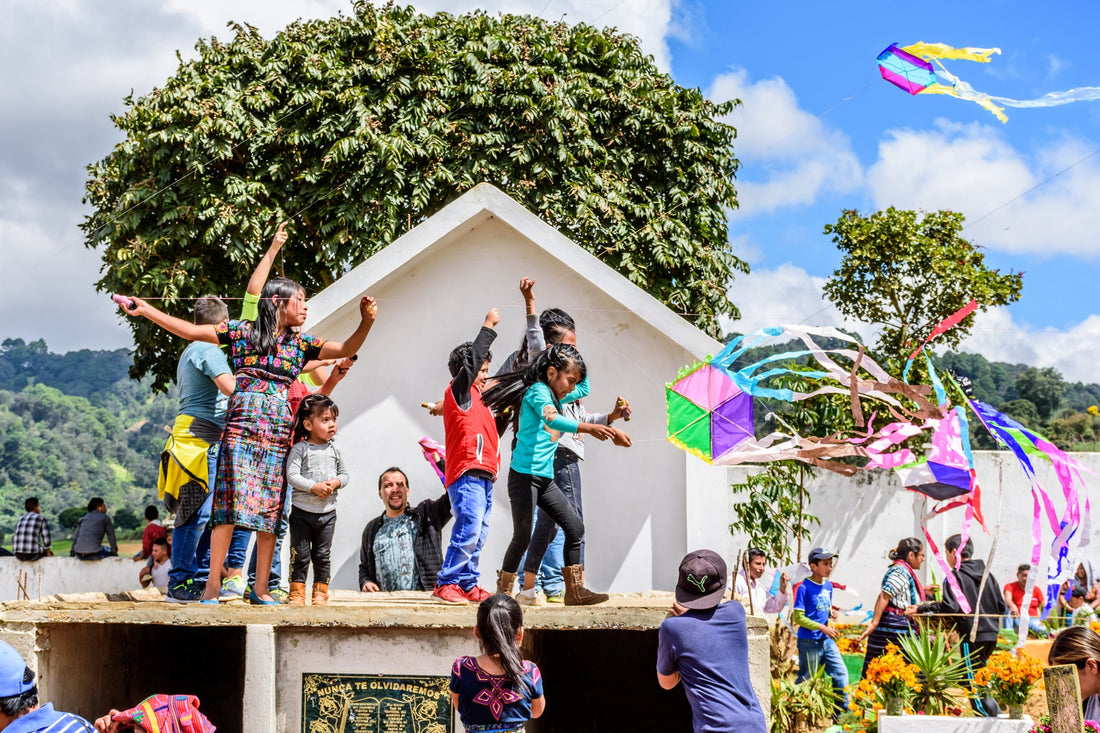
Breaking the Cycle of Undernutrition in Guatemala
When we talk about hunger, it’s easy to think of empty plates. But in Guatemala, hunger is far more than the absence of food—it’s a condition that steals away childhoods, futures, and even lives. Nearly half of Guatemalan children under the age of five experience undernutrition so severe that their growth and development are stunted. This isn’t just a statistic. It’s a heartbreaking reality for families across the country.
The Hidden Toll of Undernutrition
Undernutrition doesn’t always look like “starvation” in the way we imagine it. Sometimes, it looks like a toddler who is too small for her age, or a child who struggles to concentrate in school because his brain didn’t receive the nutrients it needed in the earliest days of life.
-
45% of deaths among Guatemalan children under five are linked to undernutrition.
-
Children who survive often face weakened immune systems, delayed learning, and limited opportunities as they grow.
-
These challenges don’t end in childhood—they ripple forward, impacting future education, job prospects, and even the health of the next generation.
In other words, undernutrition is not only a health issue—it’s a cycle that traps families in poverty.
Why Guatemala Is So Vulnerable
Guatemala is a country rich in culture and resilience, but its geography and economics make it especially vulnerable to food insecurity:
-
Natural disasters such as hurricanes, droughts, and floods wipe out crops and drive food prices up.
-
Extreme poverty—with many families living on less than $2.15 a day—limits access to nutritious foods.
-
Limited access to healthcare and education leaves many mothers without the resources or support they need to properly nourish their babies.
The result? Infants and children suffer most, their first years defined not by play and growth, but by hunger and survival.
Breaking the Cycle
The good news is that there are solutions—and they’re already making a difference. Programs that focus on the first 1,000 days of a child’s life (from conception to age two) have shown incredible results. This critical window of time shapes not just survival, but lifelong health and potential.
Some of the most effective interventions include:
-
Educating mothers about breastfeeding and infant nutrition.
-
Improving access to healthcare in rural and underserved areas.
-
Supporting sanitation and clean water initiatives to reduce preventable diseases.
-
Building food security programs that help families weather economic shocks and natural disasters.
When mothers are supported and children are nourished, the cycle of undernutrition begins to break.
Hope for the Future
Undernutrition in Guatemala is not an unsolvable problem—it is a challenge that requires awareness, compassion, and action. Every step, whether through education, healthcare access, or fair economic opportunities, brings children closer to the future they deserve: one where they are strong, healthy, and thriving.
Because no child should lose their chance at life simply because of where they were born.

